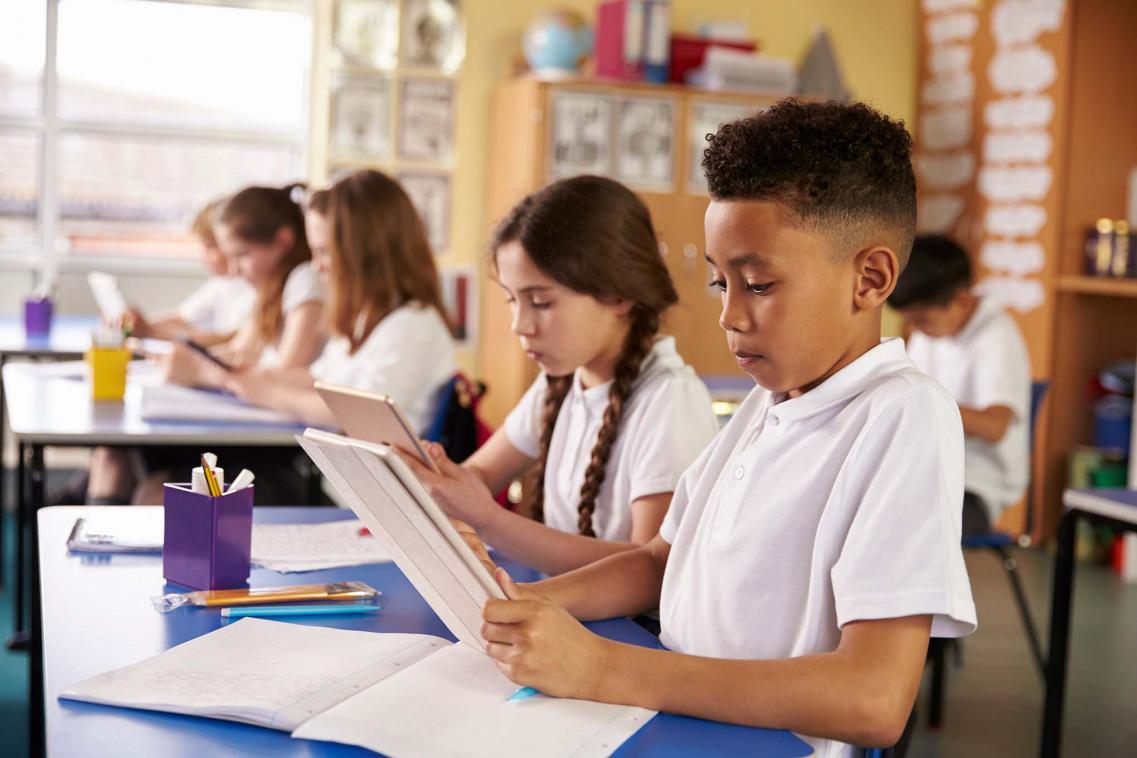
Education and skills
Our work on Education and Skills aims to understand what matters for the healthy development of children, from infancy to young adulthood. It tracks education spending in various stages of education and assesses the effectiveness of government policies at improving children’s outcomes and inequalities therein.
Focus on
Showing 261 – 280 of 946 results




















